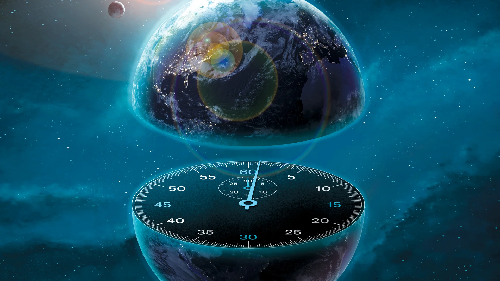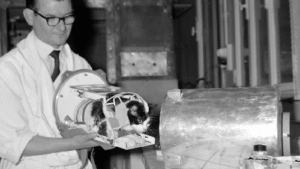In a historic and unprecedented shift, scientists are considering a future where a second is removed from the world’s clocks, a direct response to a mysterious and accelerating speed-up in Earth’s rotation. For the first time in history, a “negative leap second” may be required as early as 2029 to keep our atomic time in sync with the planet’s changing rhythm.
For decades, the Earth’s rotation has been gradually slowing down, a process mostly attributed to the gravitational pull of the moon and the tidal friction it creates. To compensate, timekeepers have periodically added a “leap second” to our clocks to align them with the planet’s slower spin. Since 1972, 27 such seconds have been added. However, since 2020, the trend has reversed.
The planet has been spinning faster than at any point since record-keeping began, with the length of a day shortening by fractions of a millisecond. While these changes are imperceptible in our daily lives, they pose a serious threat to the hyper-precise technology that underpins our modern world, including satellite navigation, global financial networks, and telecommunications.
The cause of this acceleration remains a scientific puzzle. While factors such as seismic activity, shifts in ocean currents, and melting polar ice have been proposed, no single model can fully explain the phenomenon. One theory, proposed by scientists in a study published in the journal Nature, suggests that the “sloshing” of Earth’s molten liquid core is a key factor. This movement can influence the planet’s rotation, and while melting ice caps would typically slow the planet down, they have only partially masked this effect.
The International Earth Rotation and Reference Systems Service (IERS), which is responsible for monitoring the planet’s spin, is now grappling with the implications of this faster rotation. A negative leap second, which would mean our clocks jump from 23:59:58 to 00:00:00, has never been implemented before and could cause significant problems for computer systems and digital infrastructure that are not programmed to handle such an event. The possibility of this event is being taken so seriously that the global timekeeping community has already decided to retire the leap second by 2035, opting for a different, more stable method of time adjustment.
As the countdown to 2029 begins, scientists continue to study the Earth’s changing behavior, a potent reminder that the planet’s fundamental rhythms are not as constant as we once believed.







